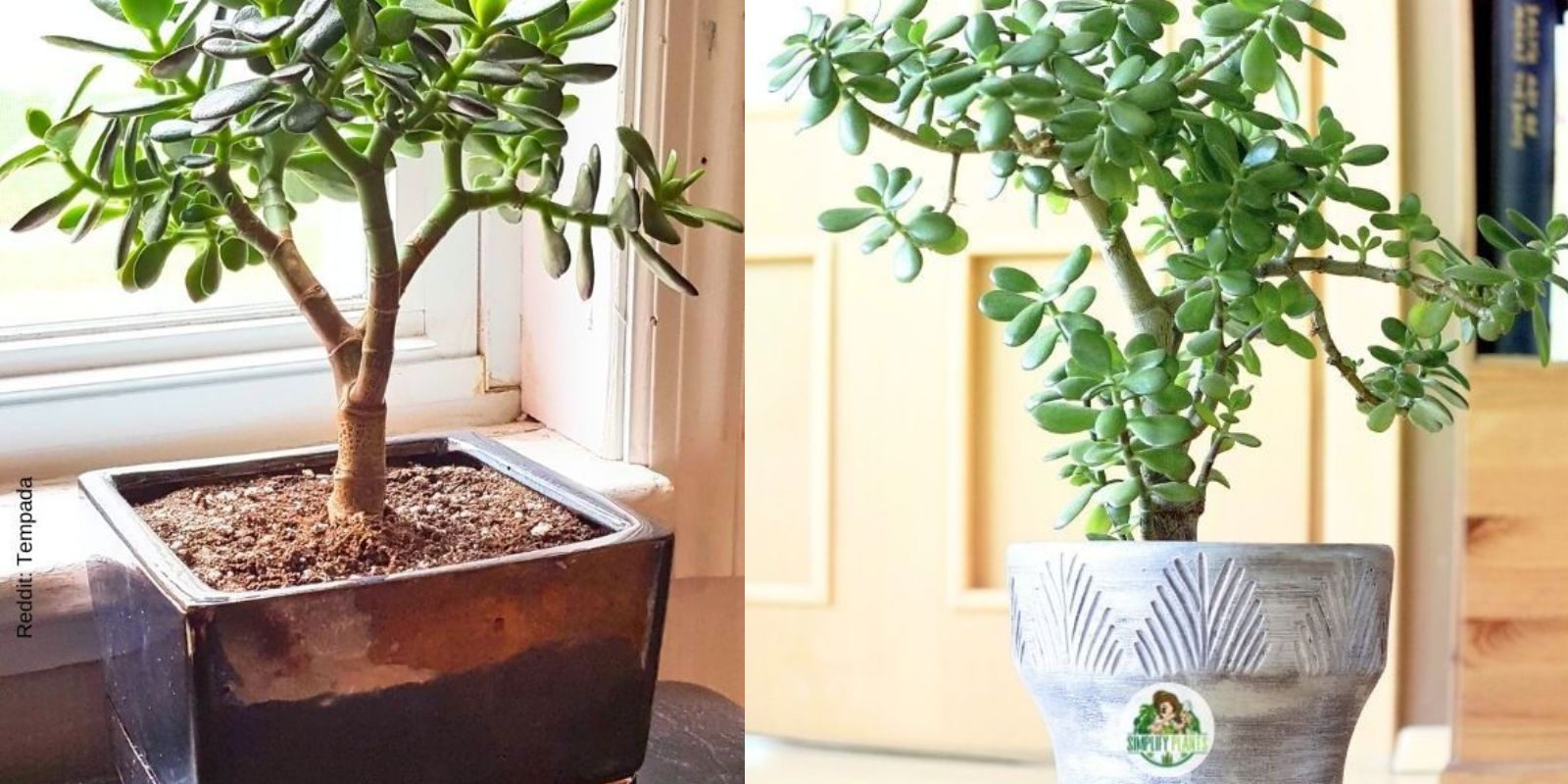Cultivating plants can be a rewarding endeavor, but it also comes with responsibilities, especially when it comes to certain species that may have environmental implications if not managed properly. This article explores the importance of understanding outdoor placement and propagation methods to ensure that plants thrive without causing unintended harm to ecosystems.
Introduction
When embarking on gardening or landscaping projects, it’s crucial to consider not only the aesthetic appeal of plants but also their impact on the environment. Some plants have the potential to spread aggressively, outcompeting native species and disrupting local ecosystems. Understanding how to cultivate these plants responsibly involves knowing where and how to grow them to minimize these risks.
Steps to Responsible Cultivation
1. Research and Identification
Before planting any species, especially those known for their invasive potential, conduct thorough research to identify:
- Plant Characteristics: Understand the growth habits, including size, spread, and reproduction methods.
- Invasive Potential: Determine if the plant is listed as invasive in your region or has characteristics that could lead to uncontrolled spreading.
2. Outdoor Placement
Once you’ve identified the plant species and its characteristics, consider the following factors for outdoor placement:
- Suitable Environment: Ensure the plant is suited to the local climate, soil conditions, and sunlight levels.
- Controlled Environment: If growing potentially invasive species, consider using containers or raised beds to restrict root spread.
- Avoid Natural Habitats: Do not plant invasive species near natural habitats, waterways, or areas where they could escape and establish wild populations.
3. Propagation Awareness
Propagation refers to the process of reproducing plants, and understanding how a plant propagates is essential for controlling its spread:
- Propagation Methods: Learn how the plant reproduces—whether through seeds, runners, bulbs, or other means.
- Control Measures: Implement control measures such as deadheading flowers or pruning to prevent unintended propagation.
- Monitoring: Regularly monitor planted areas for signs of unintended propagation and take corrective action promptly.
Importance of Responsible Cultivation
Responsible cultivation is vital for preserving biodiversity and maintaining the health of ecosystems. By following these steps, gardeners and landscapers can enjoy cultivating a variety of plants while minimizing the risk of introducing invasive species that could harm native flora and fauna.
Conclusion
Cultivating plants responsibly involves more than just beautifying landscapes—it requires careful consideration of environmental impact and adherence to best practices in plant selection, placement, and propagation. By being informed and proactive, gardeners can contribute to sustainable gardening practices that benefit both their gardens and the broader environment.
This article aims to provide a concise overview of the importance of responsible cultivation practices regarding outdoor placement and propagation methods. If you have further questions or need more specific information, feel free to ask!

